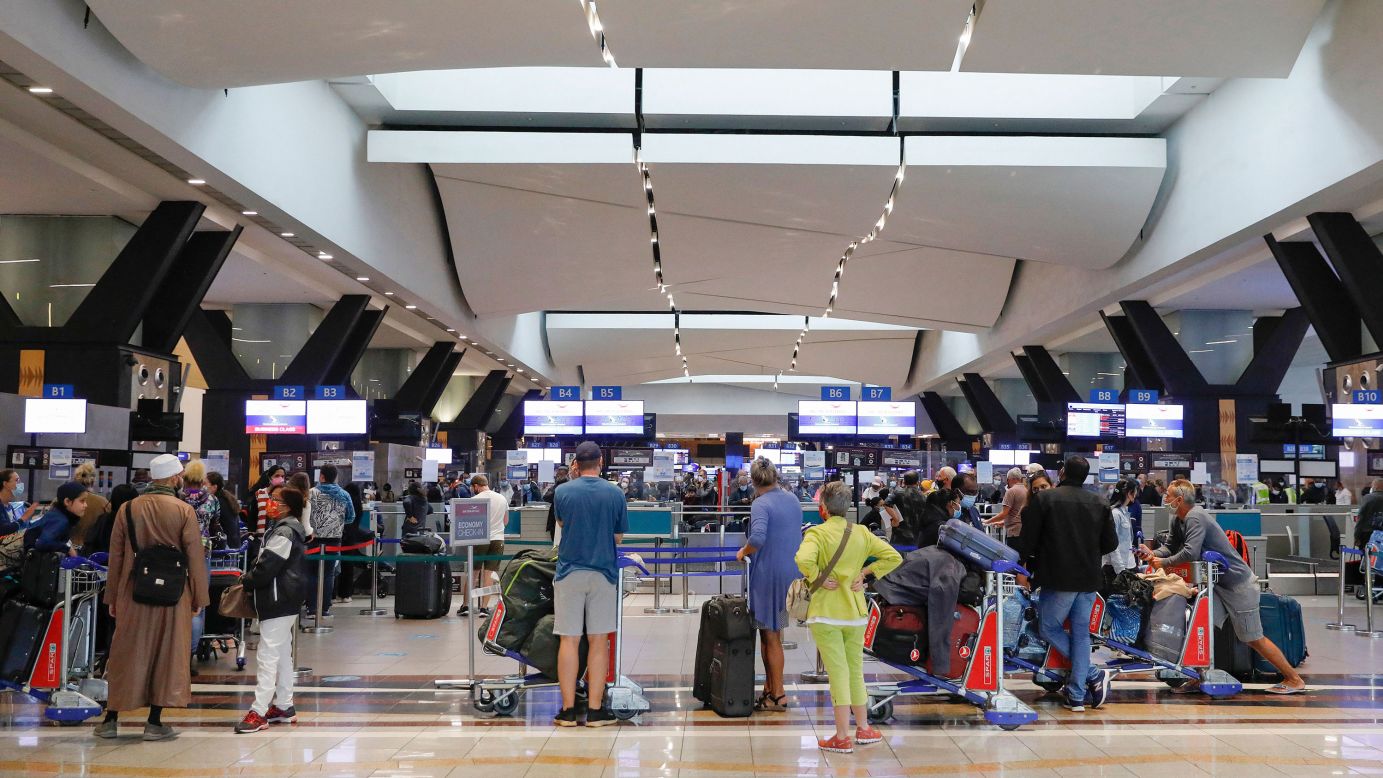Global passenger traffic continued to improve in June, reaching 94 per cent of pre-Covid levels, as the summer travel season in the Northern Hemisphere got off to a strong start, the International Air Transport Association has said.
Total traffic, measured in revenue passenger kilometers, rose 31 per cent in June compared to the same month in 2022, IATA said in its monthly report.
In the first half of 2023, total traffic jumped 47.2 per cent compared to the same period last year, buoyed by growth in both domestic and international trips.
Demand for domestic travel in June surged 27.2 per cent compared to the same month a year ago and was 5.1 per cent above the June 2019 levels. Domestic demand was up 33.3 per cent in the first half of 2023 compared to a year ago.
International traffic climbed 33.7 per cent compared to June 2022 with all markets recording robust growth, IATA said. International travel demand reached 88.2 per cent of June 2019 levels. In the first half of 2023, international traffic was up 58.6 per cent from the six-month period in 2022.
“Planes are full, which is good news for airlines, local economies, and travel and tourism-dependent jobs. All benefit from the industry’s continuing recovery,” IATA director general Willie Walsh said.
Middle Eastern airlines’ June traffic climbed 29.2 per cent compared to last year, while capacity rose 25.9 per cent. Load factor, a measure of how well airlines can fill available seats, improved by two percentage points to 79.8 per cent.
African airlines’ traffic rose 34.7 per cent in June from the same month a year ago, the second highest percentage gain among the regions, while capacity was up 44.8 per cent. However, load factor fell by 5.1 percentage points to 68.1 per cent, the lowest among the regions, IATA said.
Travel demand continues to outpace capacity growth amid aviation supply chain problems, leaving airlines awaiting new jet deliveries and critical spare parts for parked aircraft, Mr. Walsh said.
“As strong as travel demand has been, arguably it could be even stronger,” he said.
“For the fleet that is in service, some air navigation service providers are failing to deliver the requisite capacity and resilience to meet travel demand. Delays and trimmed schedules are frustrating for both passengers and their airlines. Governments cannot continue to ignore the accountability of ANSPs in places where passenger rights regimes place the brunt of accountability on airlines.”
Meanwhile, global air cargo demand in June contracted at its slowest rate in 16 months since February 2022, according to IATA, as volumes continue to normalize following the peaks recorded during the Covid-19 pandemic.
Air cargo demand in June fell 3.4 per cent year-on-year, while capacity rose 9.7 per cent during the period, IATA said in its monthly report.
“We remain hopeful that the difficult trading conditions for air cargo will moderate as inflation eases in major economies. This, in turn, could encourage the central banks to loosen the money supply, which could stimulate greater economic activity,” Mr. Walsh said.
Middle Eastern carriers posted a 0.5 per cent increase in cargo volumes in June compared to the same month a year ago. This was up from the 2.9 per cent year-over-year decline registered in May.
Capacity rose 11.1 per cent for the month.
“Both Middle East-Asia and Middle East-Europe route areas saw annual growth,” IATA said.
Source: The National News




